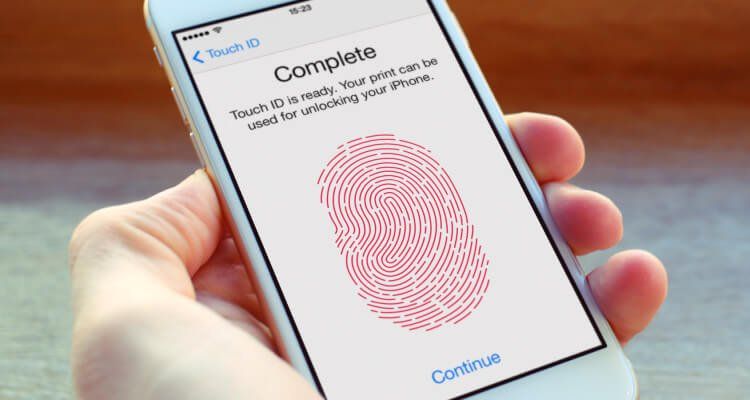Well, I asked about Apple’s own investment in QC; we now have our answer.
Today the US Patent & Trademark Office published a patent application from Apple that reveals a new breakthrough material described as deformable touch-sensitive quantum tunneling material. It could be used in a smart iPhone case allowing for touch zones on the back of the case to control your iPhone. More importantly, it could be used as a material for making the iPhone itself. The use of this material would virtually eliminate bulky physical buttons forever making the iPhone near waterproof perfect and slick to the touch. The material could extend to a new smart Apple Watch band. Smart Apple Watch Bands have been on Apple’s mind for some time now as we’ve covered a number of interesting patent ideas like smart links, chameleonic bands with 3D touch and cooling and, easy recharging with a MacBook. Yet the use of quantum tunneling material in a band would allow for touch controls without seeing any buttons.
This could also apply to accessories like future EarPods to eliminate the bulky remote and much more. This breakthrough material will eventually provide Jony Ive’s industrial design team with new ways to streamline designs and finally eliminate physical buttons of any kind while allowing device designs to be even thinner.
There’s been more exciting patents revealed today than I’ve seen in some time. Seeing a new wave of Apple innovations is exactly what the doctor ordered to fire up fans. While it may take some time for this to come to market, the promise of cool next generation designs is guaranteed.








